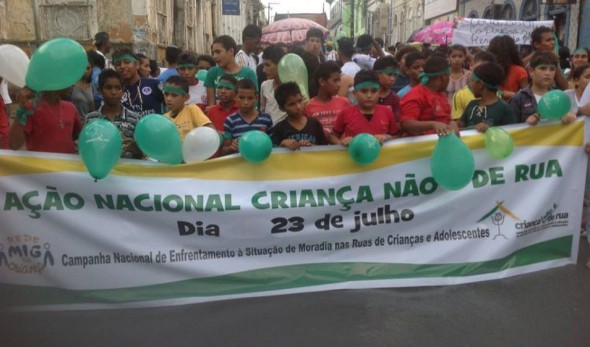by Ivana Braga

Social mobilization is:
“a process that engages and motivates a wide range of partners and allies at national and local levels to raise awareness of and demand for a particular development objective through face-to-face dialogue. Members of institutions, community networks, civic and religious groups and others work in a coordinated way to reach specific groups of people for dialogue with planned messages.” Unicef
“Mobilize is calling wills to act in pursuit of a common purpose, under an interpretation and a sense also shared.” Bernardo Toro, is a Colombian philosopher and educator, one of the most important thinkers of education and democracy in Latin America.
Social mobilization is part of the many nonprofit organizations that work to uphold human rights and advocacy. Usually, it is part of communications strategy to promote influence in public policy and behavioral change.
1 – Engagement – making people care about your cause and act for that. Since social mobilization is a process not an event, the communications strategy should work for a medium- or long-term relationship. It doesn’t matter which channels you use to communicate, keep people updated about what is going on with that issue before and after calling for action.
2 – Motivation – give reasons why people should care about it. Working with facts, numbers, life stories and consequences of the problem and how the situation could be changed by a collective act.
3 – Partners and allies – Mapping stakeholders for that cause. Who could influence to change that situation? Who could join us and strengthen our action? In social mobilization one plus one is always more than two.
4 – Awareness – participating in social mobilization is a free decision. Use all the channels your organization has to talk about your cause and why it is important.
5 – Message – It’s more than merely playing with words. Pay attention your audience, plan the right message for each one, and choose the channels to share it. But, make it easy. People should know what is the issue, what is the demand and how is the proportional action or process.
6 – Empower by give voice – The fact of your organization is leading a social mobilization doesn’t mean that voice should be concentrated. Besides the partners, the people who are facing the problem and are directly affected by missing public policy should speak for themselves. Besides, it legitimizes the cause and is worth their participation.
7 – Glolocalization – Being global is not doing what everybody does. Build a message that directly touches your target audience. Local expressions, places, songs, signals that share a meaning for a community have more impact than a long speech with beautiful words or easy slogans. It also makes your mobilization stand out in the world.
8 – Be propositional – Before building a call for action website, send email letter or organize a walk, elaborate a document with concrete propositions and then highlight a priority of that agenda.
9 – Know about the advocacy process – Understand schedules to approve special budgets and change laws and the different responsibilities of the municipality, state and federal governments. These are fundamental to address the right message on time to the right person or group.
10 – Register – Keep in mind that history of civil rights are made by social mobilization acts. Register everything, meetings, material, events etc, because in the end, you will have a story to tell and a experience to learn from.
Edited by Darby Fitzgerald
Grammatically revised by ASU Writing Center – Downtown, since English is not my first language.

Comments are closed.